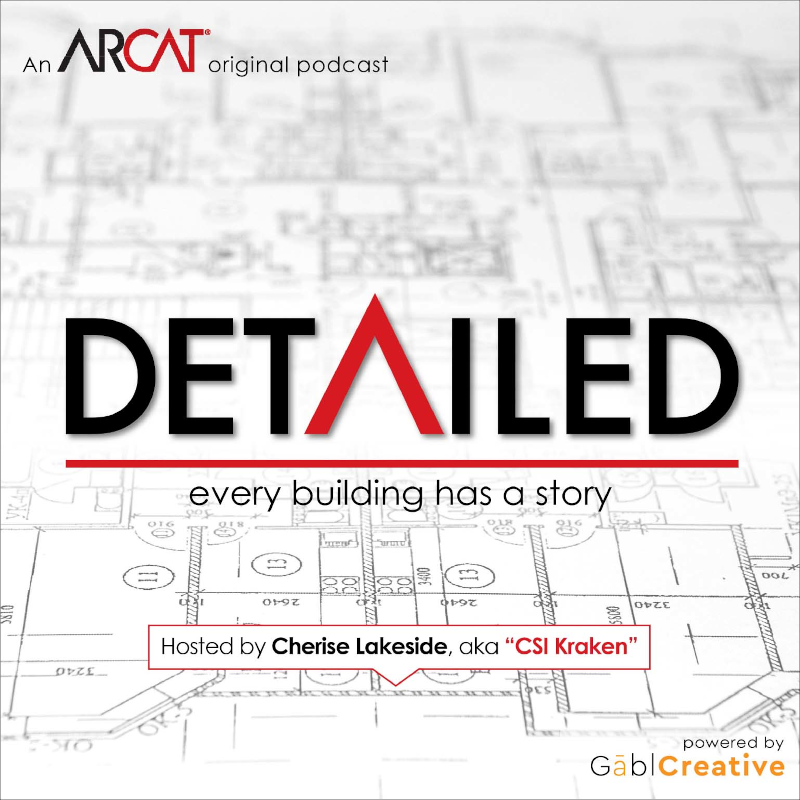|
Contributed by Jake Ortego Construction projects can be highly complex and unique endeavors. A successful project relies on each person/company performing their function as required. However, in many cases the exact roles and responsibilities of each entity is not mutually agreed upon, nor understood. Consider the following contrasts in expected functions.
Chances are that you have an opinion for each one of these examples. These examples focus on the architect, owner, and constructor. But that is only the tip of the iceberg. There are many more parties involved in the construction process and each major group can be made up of multiple professions with a wide range of functions, as well as approaches, to accomplish their scope. This includes estimators, schedulers, specifiers, owner’s reps, material reps, accountants, and legal counsel to name a few. As you read this, you are probably thinking that you already know who does what for the entire construction process. And it’s possible that your views are shared by people within your company or some of your local professional groups. But the standards can vary between industries, geography, project complexity, corporations, and even between two people sitting next to each other. To be clear, the primary definitions of many project roles can be agreed upon. Estimators estimate, schedulers schedule, engineers engineer, and so forth. But gray areas of responsibilities do exist, and it is these areas that may be the root of disagreements that can derail a project. So, what is the solution? A universal standard may seem to be the easiest answer. But imagine the complexities of having one standard that covers every possible industry, culture, and available resources for each project. Ideal…but probably not achievable. A more practical approach is to take the time to talk through expectations and gray areas that exist for the project team members. These discussions can address concepts such as:
Discussions about the items above should not just happen once, but instead be part of continuous conversations throughout the project. They are not always easy conversations to have, as many times it requires exposing a potential issue that one or more parties do not want to talk about. Many project teams may need to have formally scheduled deep dives into these topics. Does this all sound like Projects 101? Sure it does. It's an easy, yet often skipped best practice. Perhaps it is human nature to assume that we are all smart enough to skip the basics. Many project teams do not develop a mutual understanding as it seems obvious and a waste of time. The reality is that by skipping this step they are most likely missing an opportunity to create a more efficient team and have a reduced risk of disagreements.
6 Comments
11/21/2017 10:12:14 am
Very good points, Jake; so it all comes down to communication. For as technical as the world of design and construction is, project success really depends on simple human interaction - perhaps the oldest of old school skills.
Reply
Evan Adams
11/22/2017 12:34:40 pm
And to add another twist many product vendors have instructed reps to circumvent the AED team and (sub)Contractors and directly approach owners. Something I think isn't the most ethical, but when you are talking about people who have billable hour requirements, sometimes it is the most efficient way to get product in front of customer & I've certainly learned that if a customer says "what about product X" then the designer +/- will think "great a decision I don't have to make"
Reply
2/10/2018 10:56:06 am
Great points to consider Jake, and some that aren’t often discussed, let alone even considered. I think it’s the mentality of “this is how we’ve always done it” creeping in.
Reply
2/11/2018 02:25:56 pm
Great comments Paul.
Reply
4/5/2022 11:47:28 am
The solution to the anarchy in the construction market and the backwardness of this market Is not in sophisticated materials or fantastic construction methods.
Reply
Evan Adams
4/19/2022 02:34:56 pm
No every project I have with an engineer as a PM it is a disaster. Overt focus on management software, unrealistic timelines, and a general inability to be flexible.
Reply
Leave a Reply. |
AboutLet's Fix Construction is an avenue to offer creative solutions, separate myths from facts and erase misconceptions about the architecture, engineering and construction (AEC) industry. Check out Cherise's latest podcast
Get blog post notifications hereArchives
March 2022
Categories
All
|


 RSS Feed
RSS Feed
